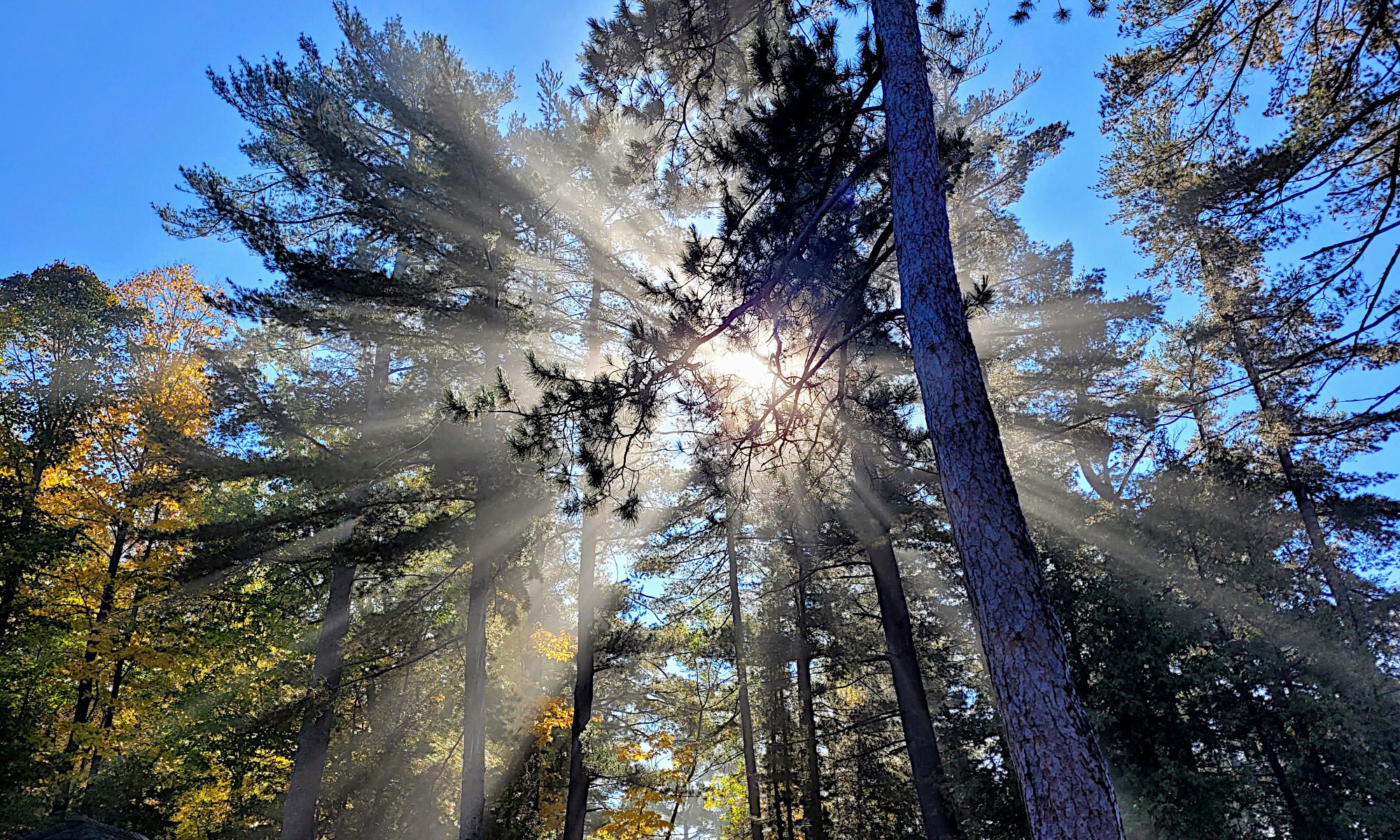Note: This is a version of my personal newsletter, which I send out via Ghost, the open-source publishing platform. You can see other issues and sign up here.
Peter Wohlleben, a German forester and author, has become an unlikely publishing sensation. His book The Hidden Life of Trees: What They Feel, How They Communicate, written at his wife’s insistence, sold more than 800,000 copies in Germany, and has now hit the best-seller lists in 11 other countries, including the United States and Canada. A revolution has been taking place in the scientific understanding of trees, and Wohlleben is the first writer to convey its amazements to a general audience. The latest scientific studies, conducted at well-respected universities in Germany and around the world, confirm what he has long suspected from close observation in this forest: Trees are far more alert, social, sophisticated—and even intelligent—than we thought.

Margaret Atwood’s vision of Utopia
Shortly before she turned 83 last month, the author Margaret Atwood taught an eight-week course, “Practical Utopias,” on an online learning platform in Canada called Disco. About 190 students from 40 countries imagined how to rebuild society after a cataclysmic event — say, a pandemic or rising sea levels. Ms. Atwood, who taught the class from her home in Toronto, surprised students by submitting her own vision for a post-apocalyptic community, called Virgule. “It’s a community, so I expect they will vote,” Atwood said. “To prevent tyrants, the community is divided in two. Each half rules for a year. So they will have to enact laws while they are the rulers that will benefit them when they are the ruled.”

How to speak honeybee
The waggle dance of the western honeybee, in which bees waggle their abdomen from side to side while repeatedly walking in an intricate figure-of-eight pattern, has been observed since antiquity, but the person who finally unlocked the secret of its meaning was an iconoclastic Austrian researcher named Karl von Frisch. The breakthrough initially earned Frisch scorn from other mid-20th-century scientists, but also eventually won him the Nobel Prize. Young Karl was known to skip school to spend time with a menagerie of over 100 animals, only nine of which were mammals. Frisch spent hours out in nature, simply watching. He later reflected: “I discovered that miraculous worlds may reveal themselves to a patient observer where the casual passerby sees nothing at all.”
Punk rocker known as Joey Shithead talks about why he ran for office
“I’ve taken the same approach in politics that I’ve taken in punk rock,” he says, sipping his coffee. We’re in a bustling Burnaby coffee shop, and Keithley had run a little late because it was photo day for city council. “For me, it’s a real, living thing where you know what your ideals are and you keep fighting for them. I’ve just tried to stay true to myself and what I believe in.” The foreshadowing of a political career was definitely evident early on. Politically active in high school, Keithley enrolled in university with aspirations to become a civil rights lawyer. Within four months, he dropped out and was playing punk rock with his friends.
Neanderthals cooked complex meals more than 70,000 years ago
Stone Age cooks were surprisingly sophisticated, combining an array ofingredients and using different techniques to prepare and flavor their meals, analysis of some the earliest charred food remains has suggested. Plant material found at the Shanidar Cave in northern Iraq — which is famous for its burial of a Neanderthal surrounded by flowers — and Franchthi Cave in Greece revealed prehistoric cooking by Neanderthals and early modern humans was complex, involving several steps, and that the foods used were diverse, according to a new study. Wild nuts, peas, vetch, a legume which had edible seed pods, and grasses were often combined with pulseslike beans or lentils.
Scientists discover a new form of water
Scientists at the University of Cambridge have discovered that water in a one-molecule layer acts like neither a liquid nor a solid, and that it becomes highly conductive at high pressures. Much is known about how ‘bulk water’ behaves: it expands when it freezes, and it has a high boiling point. But when water is compressed to the nanoscale, its properties change dramatically. By developing a new way to predict this unusual behaviour with unprecedented accuracy, the researchers have detected several new phases of water at the molecular level. Water trapped between membranes or in tiny cavities is common, but this nanoconfined water behaves very differently from the water we drink.
